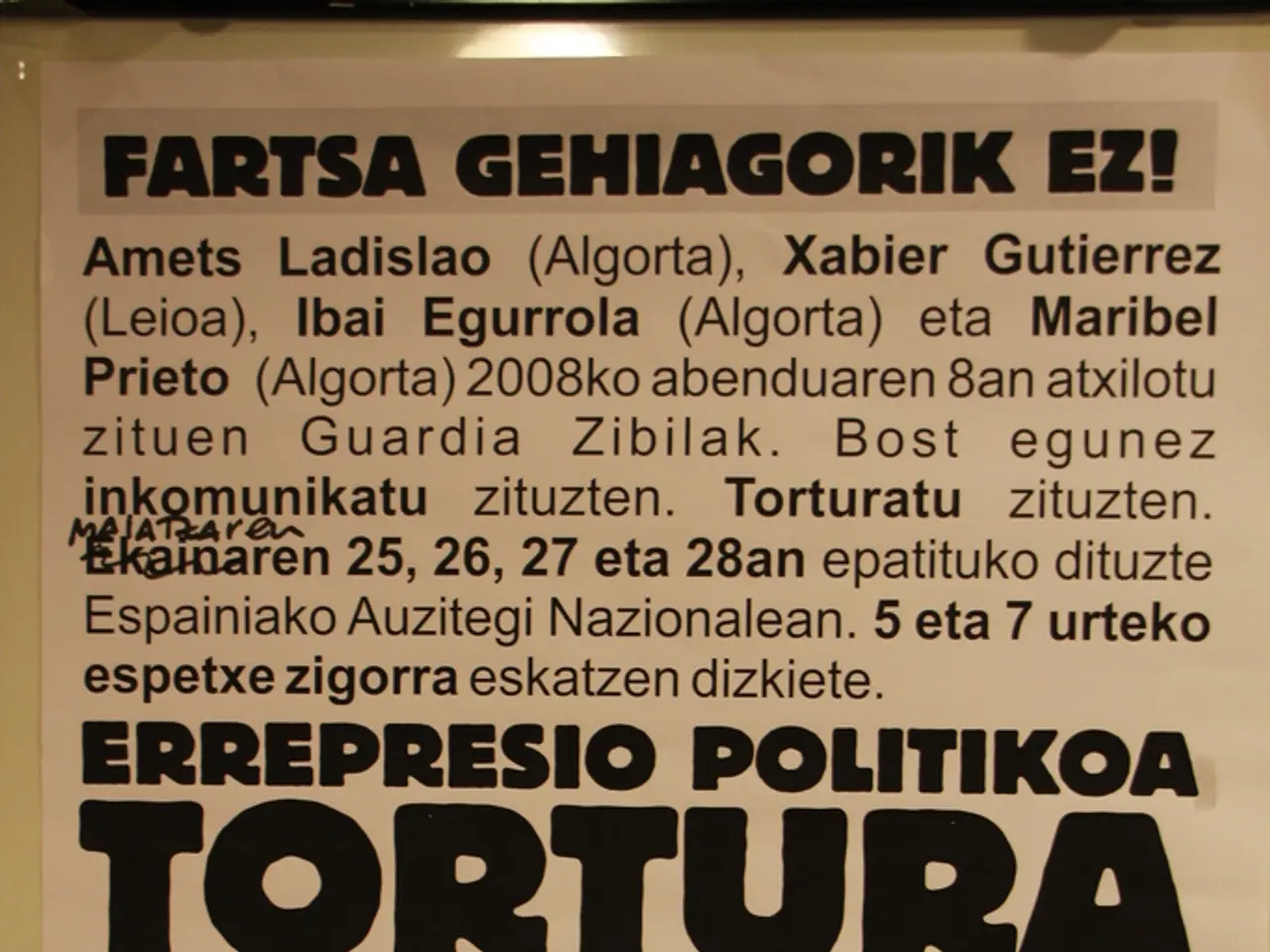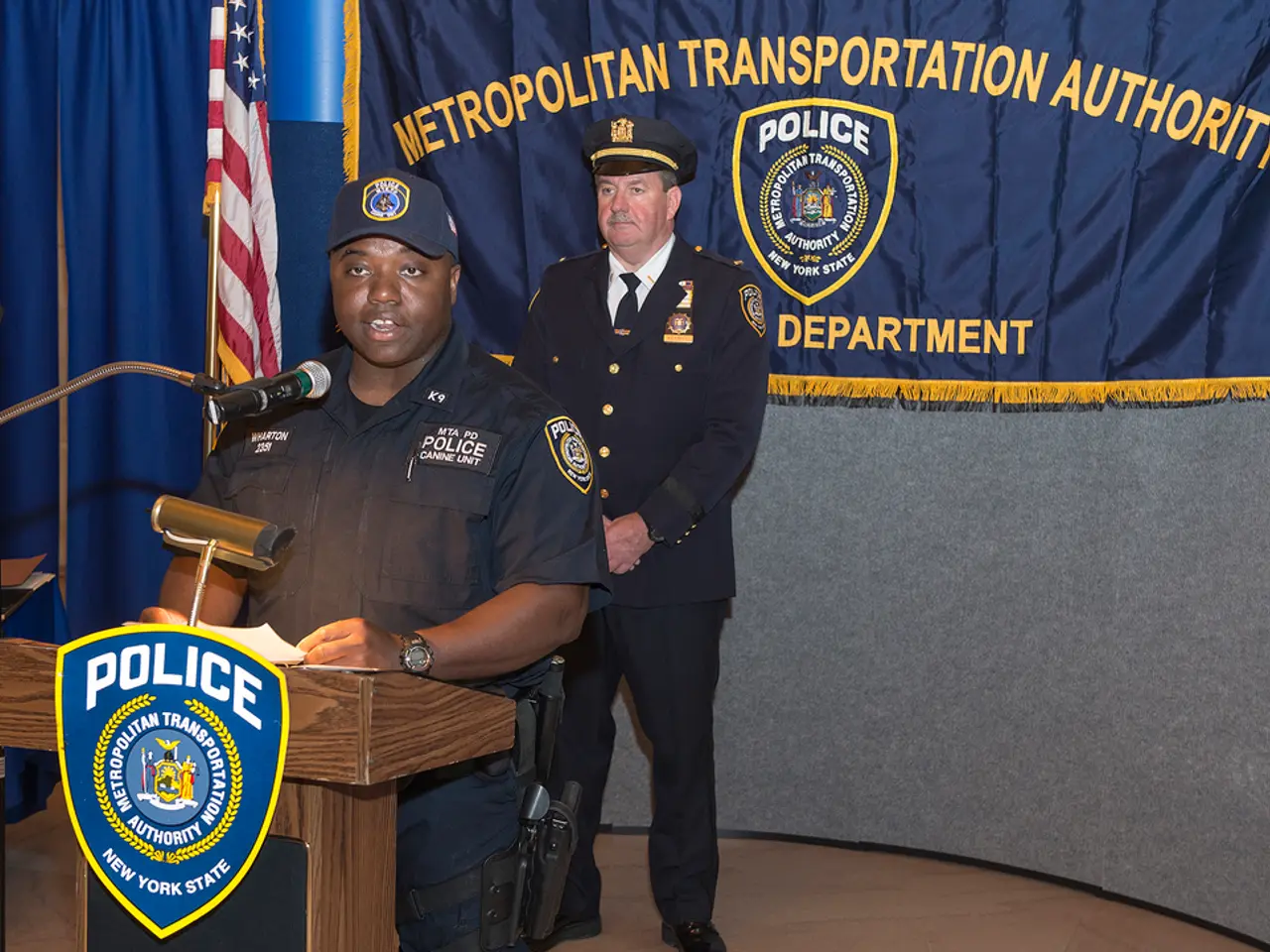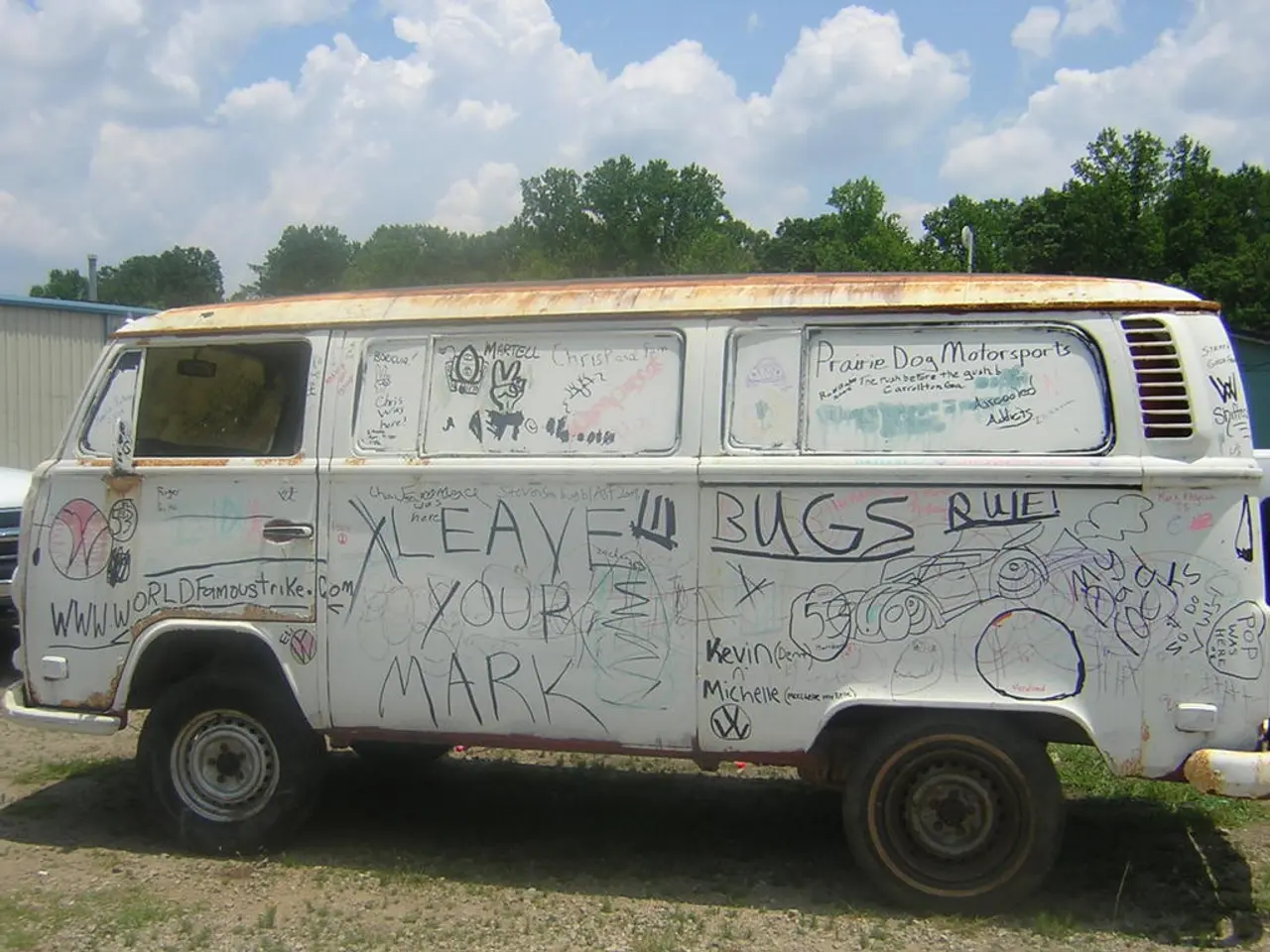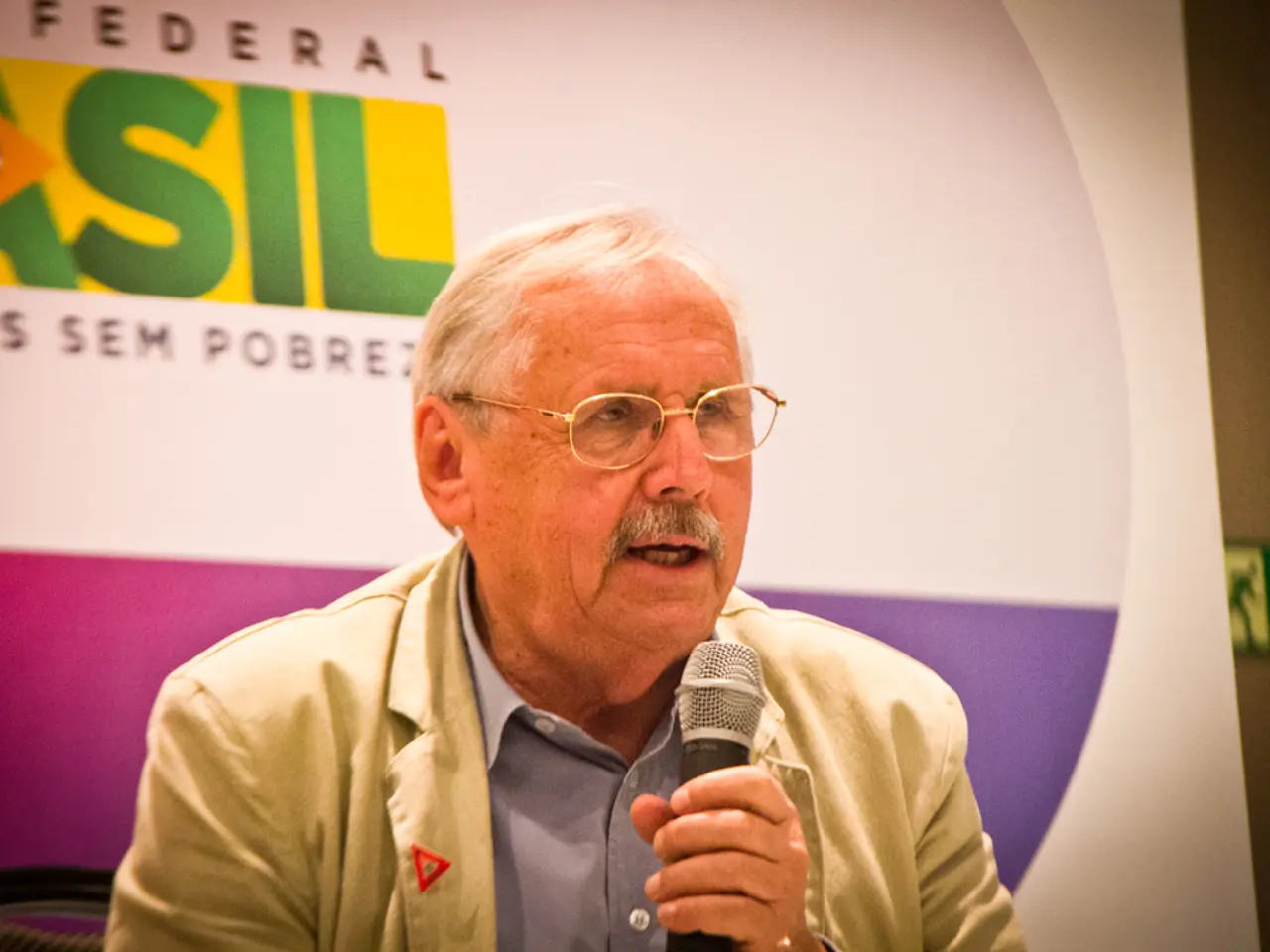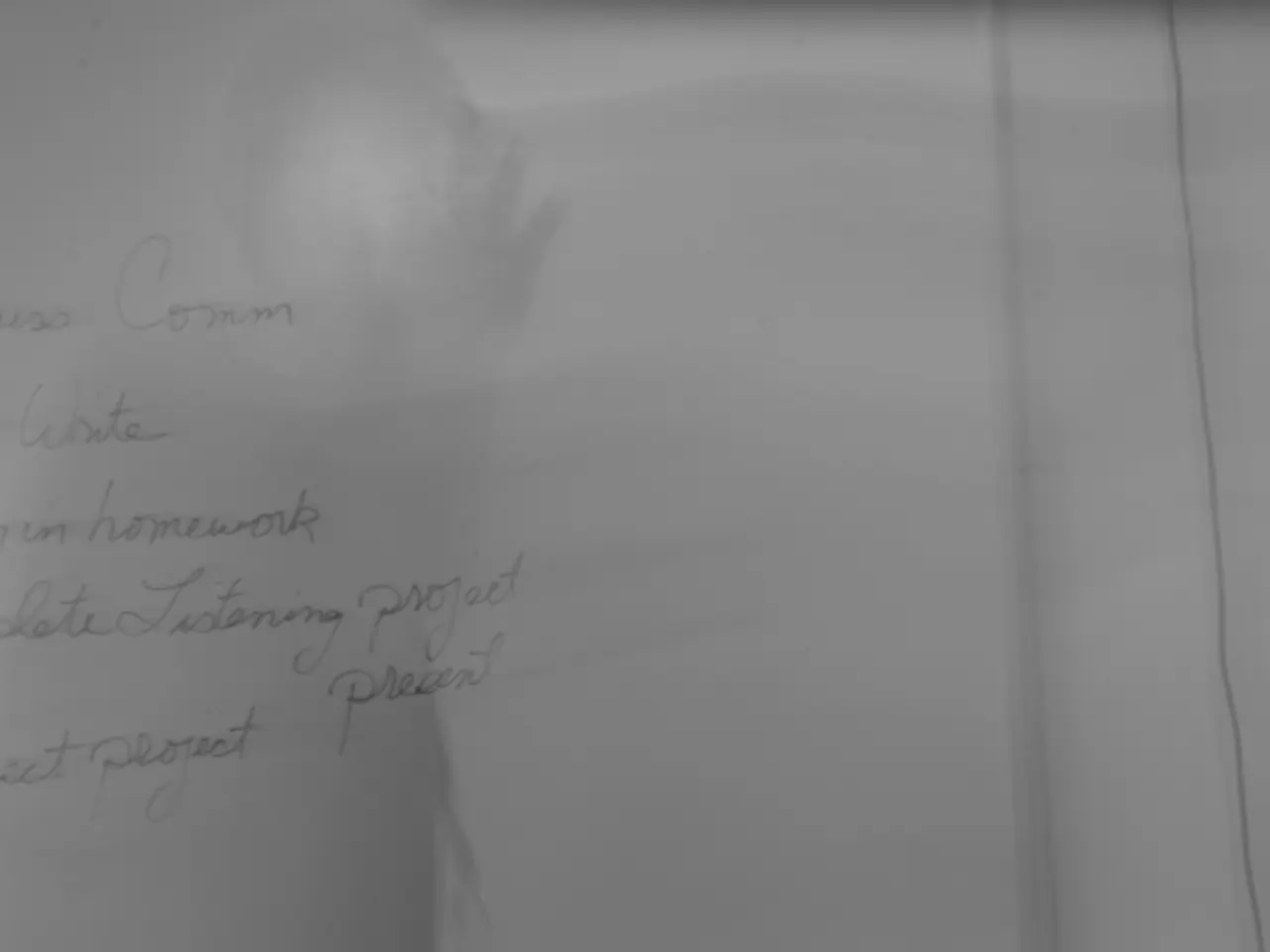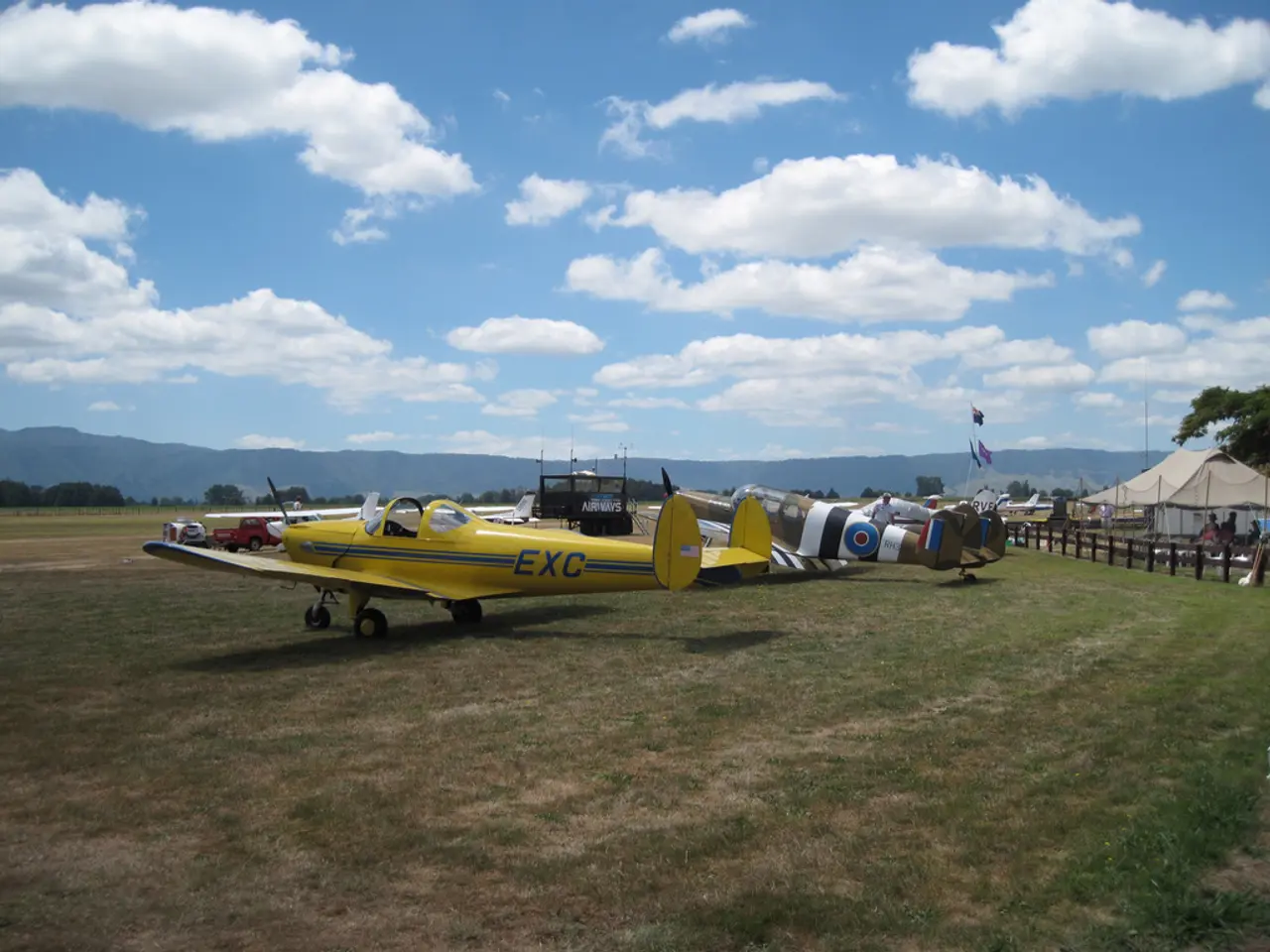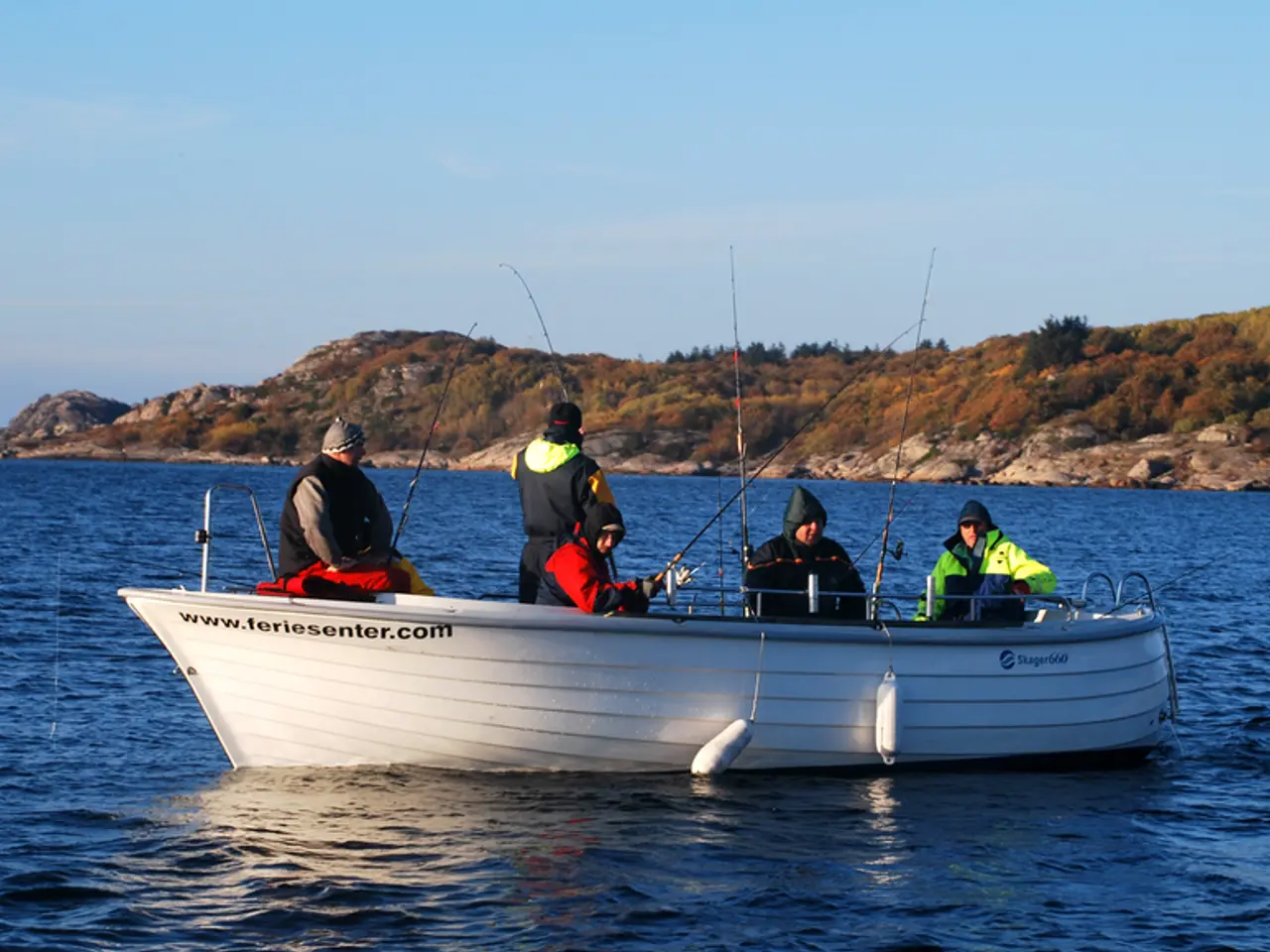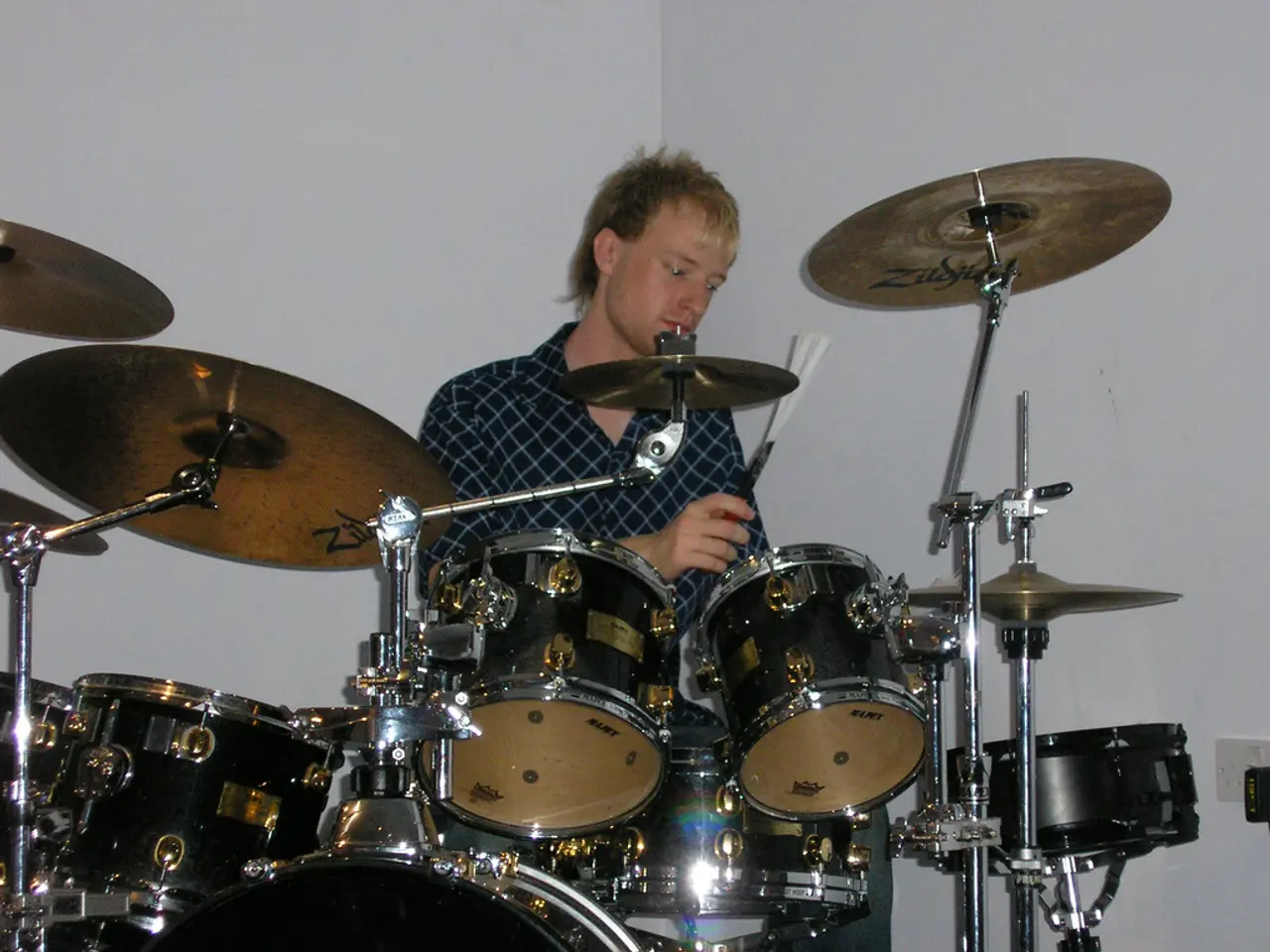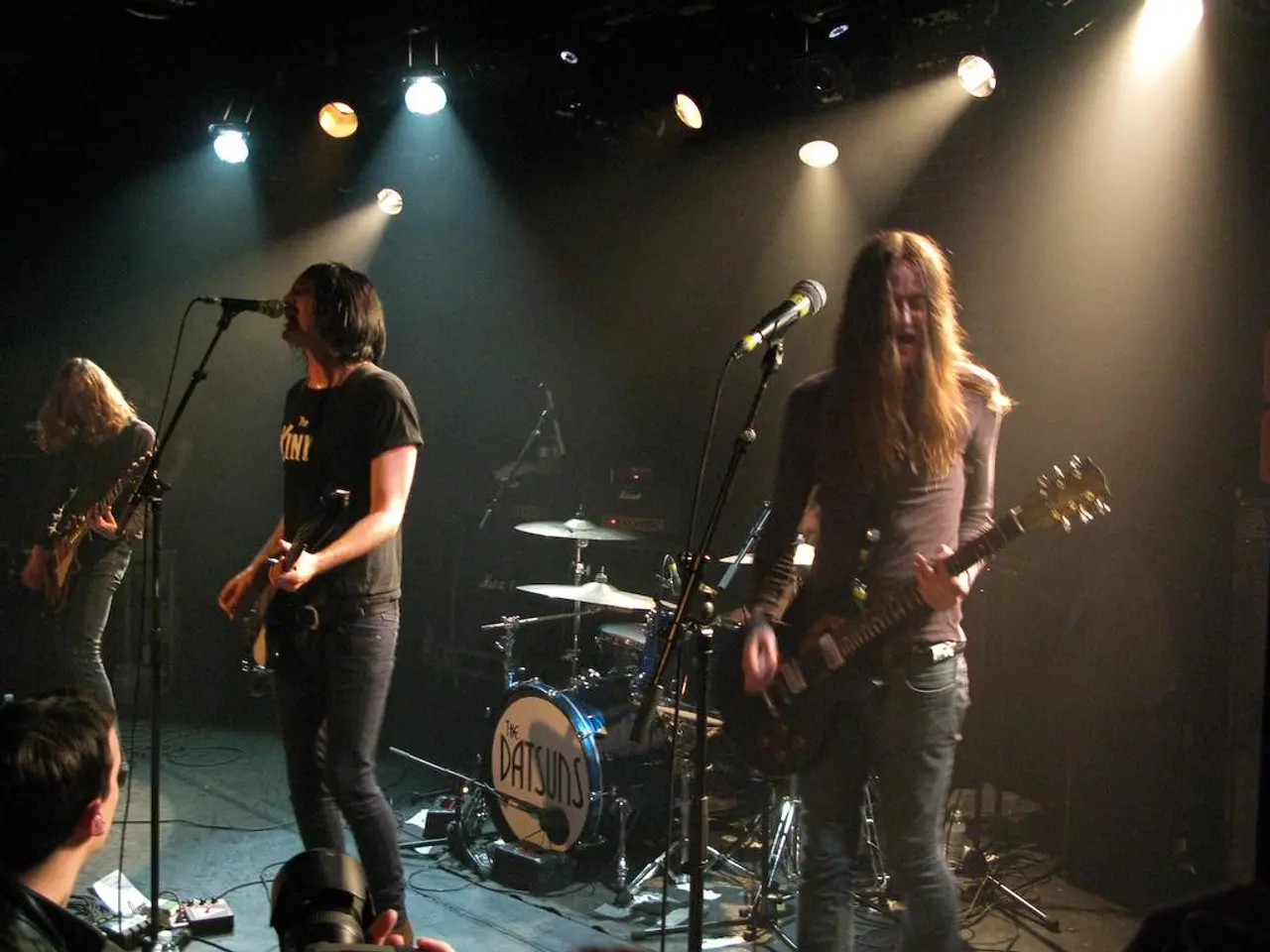"Espert's harsh denouncement of La Cámpora and Máximo Kirchner by Carrudas, expressing a feeling of powerlessness"
Political Landscape in Argentina Ahead of 2025 Elections: A Tale of Polarization and Competition
The political landscape in Argentina is marked by strong polarization and competition as the country gears up for the 2025 elections. The ruling libertarian coalition, La Libertad Avanza (LLA) led by President Javier Milei, Peronist factions, and remnants of the traditional coalitions such as Juntos por el Cambio are the key players in this electoral battle.
La Libertad Avanza (LLA)
Milei, who won the presidency in 2023 with a strong libertarian and far-right agenda, continues to dominate political discourse. His coalition, LLA, maintains influence particularly in Buenos Aires City and incorporates former members of the traditional right-wing PRO party along with radical libertarians. However, internal division exists within LLA between the faction led by Milei’s sister Karina (aligned with more traditional politicians) and the “Heavenly Forces,” younger, activist-driven groups connected to presidential advisor Santiago Caputo. Karina’s faction recently gained supremacy in candidate selection for Buenos Aires province legislative elections. Milei's governance style is focused on economic deregulation, with political maneuvering often delegated to his sister.
Peronism
The Peronist movement remains deeply influential, especially in Buenos Aires province. It is fragmented into three major factions: Kirchnerism (left-wing populist), Kicillof’s Movimiento Derecho al Futuro (MDF), and Sergio Massa’s Frente Renovador. Kirchnerism leads in the candidate lists, emphasizing unity and ending “testimonial candidacies” (where candidates run but do not take office). Prominent figures like Quilmes Mayor Mayra Mendoza appear in high list positions indicating serious electoral commitment.
Former Traditional Coalitions
The 2023 elections severely weakened Juntos por el Cambio, the main centrist-right coalition, splintering it and ceding ground to Milei’s LLA, which has attracted some of PRO’s centrist and far-right elements. Former president Mauricio Macri’s political influence is diminished, and his party is struggling to regroup.
Political Sentiment and Challenges
Despite Milei’s electoral strength, there is growing anti-Milei sentiment among elites and some parts of the electorate, aggravated by economic difficulties affecting many families. Voter turnout has been low in recent local elections, indicating political disengagement for some sectors. Milei’s administration continues to pass legislation with the help of diverse parliamentary groups, mainly PRO affiliates, alongside support from some Peronist and Radical deputies.
In sum, the 2025 Argentine elections feature a fragmented Peronist opposition, a ruling libertarian coalition riven by internal factional disputes centered on candidate selection and party control, and weakened traditional center-right forces struggling to maintain relevance. The political battle will concentrate most heavily in Buenos Aires province and the capital city, where both Peronists and LLA seek dominance.
Key political figures to watch include President Javier Milei, Karina Milei, Diego Valenzuela, Natalia Blanco, Axel Kicillof, Mayra Mendoza, Mauricio Macri, Patricia Bullrich, and Luis Petri.
What is the current political landscape in Argentina ahead of the 2025 elections, considering policy-and-legislation and politics, as General-News reports? The landscape is marked by a fragmented Peronist opposition, a ruling libertarian coalition (LLA) riven by internal factional disputes, and weakened traditional center-right forces struggling to maintain relevance, with the political battle concentrated heavily in Buenos Aires province and the capital city.
